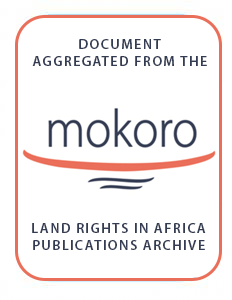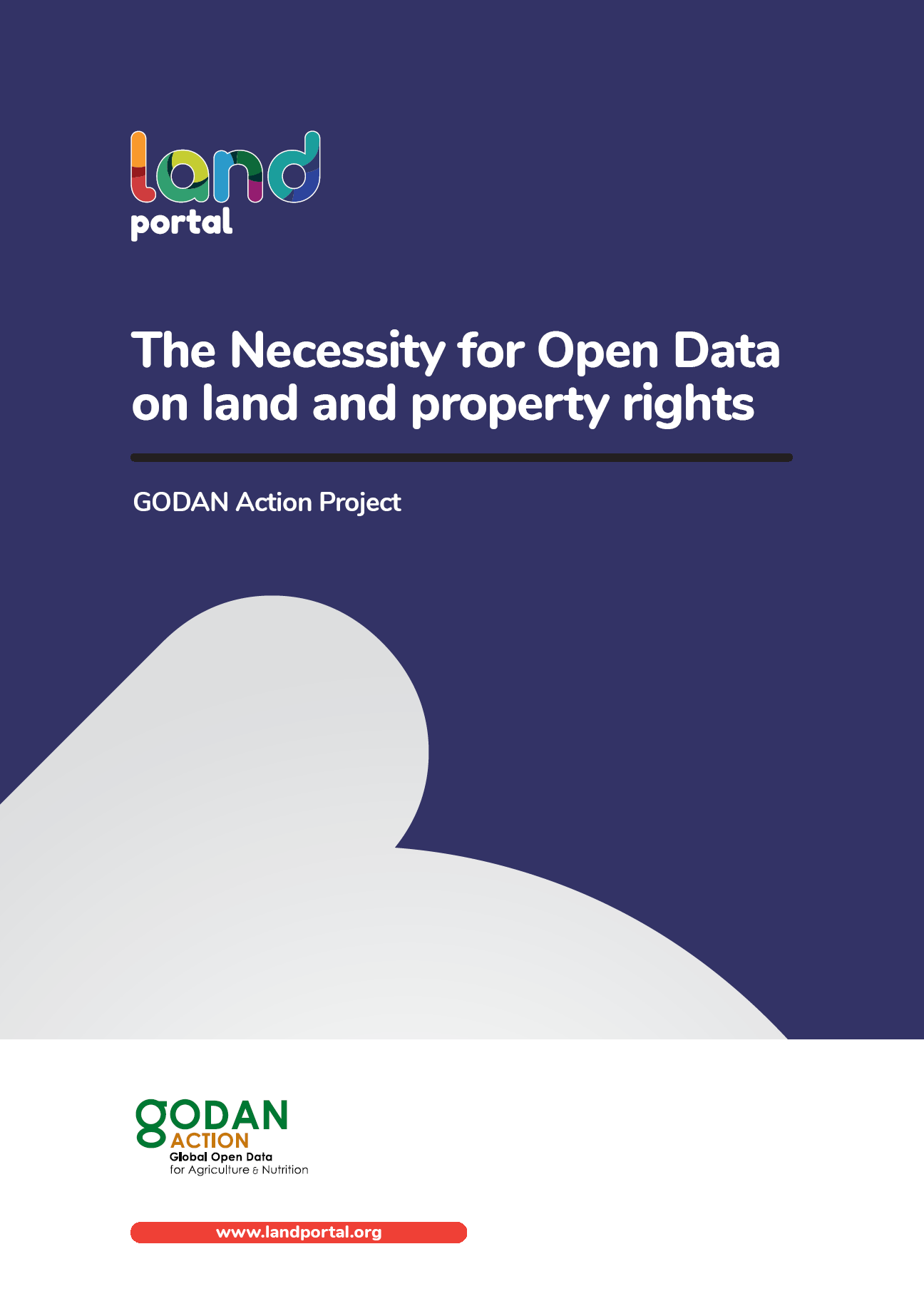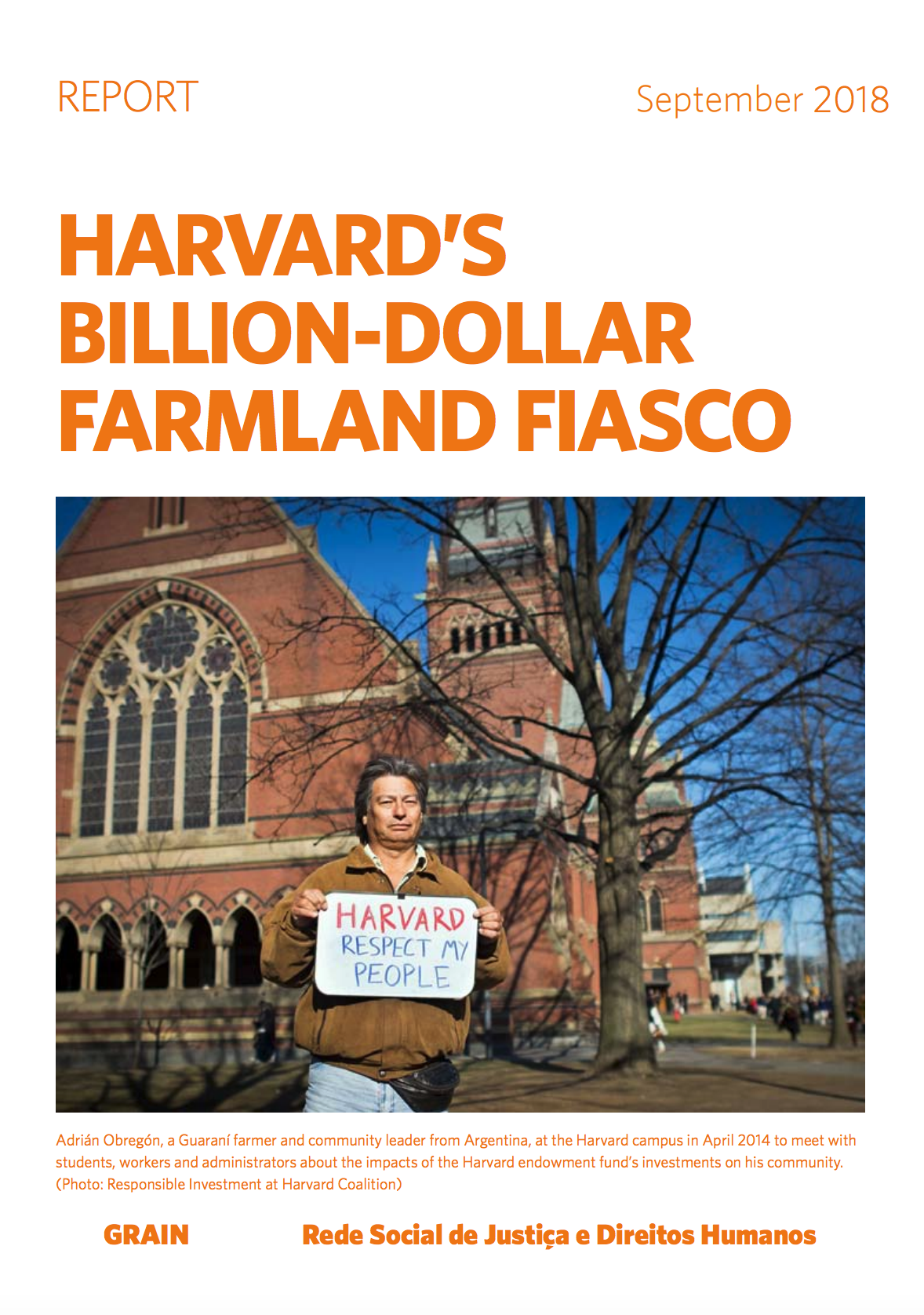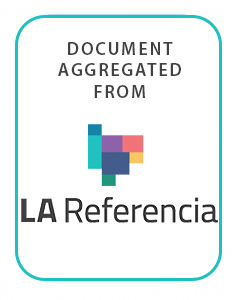The role of foreign investment in Ethiopia’s smallholder-focused agricultural development strategy
Examines political and social dynamics of foreign agricultural investment in Ethiopia. Concludes that this expansion is part of a government move towards an export-led development strategy, so the micro-benefits come at the cost of increased risks to those living in the vicinity of new investments, particularly politically marginalised pastoralist populations.








